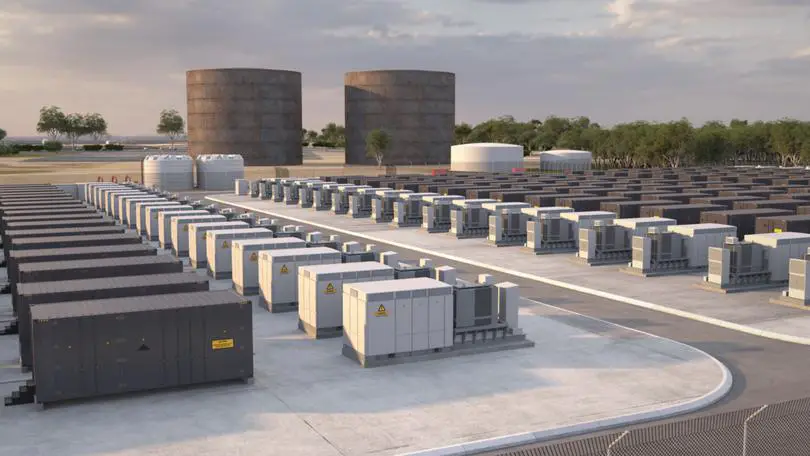The electric vehicle (EV) boom isn’t just reshaping how we travel — it’s also changing how we store and manage energy long after an EV’s time on the road ends. Around the world, used EV batteries are increasingly finding a second life in Battery Energy Storage System (BESS) construction projects. This smart reuse is helping communities store renewable power, meet rising energy demands, and tackle the growing challenge of battery waste all at once.
Why Give EV Batteries a Second Life?
When an EV battery’s capacity drops below about 70–80% of its original strength, it often can’t deliver the range drivers expect. But these batteries still have plenty of life left for less demanding tasks like stationary storage. SOme edtimates their life to be another 10 years. With EV production booming — and major battery gigafactories being built globally — so is the need to find sustainable ways to reuse batteries that no longer meet vehicle standards. Reusing them in BESS projects avoids premature disposal, cuts environmental costs, and provides developers with a lower-cost supply of battery modules to make their BESS projects more bankable.
How Second-Life Batteries Fit into BESS Construction
Large BESS facilities use racks of battery modules to store surplus renewable energy, stabilize grids, and deliver backup power during peak demand. Integrating second-life EV batteries helps lower upfront project costs — a big plus given the volatility of raw material prices. This approach also helps communities cut their carbon footprint, extend the lifespan of mined materials like lithium and cobalt, and support local economies by creating jobs in battery testing, refurbishment, and recycling.
Real Projects Putting Used EV Batteries to Work
In the Netherlands, Amsterdam’s Johan Cruijff ArenA runs partly on a 3 MW BESS built with second-life Nissan LEAF batteries. The nearby Port of Amsterdam uses repurposed EV packs to balance local grid loads and reduce emissions from port operations. In the UK, Connected Energy’s E-STOR units reuse old Renault EV batteries to help businesses store solar power and cut demand charges, giving car batteries a productive second act. In Spain, Enel X is testing community-scale storage units built from second-life batteries, showing how local grids can benefit from flexible storage without relying on entirely new cells. At the same time, Europe is also advancing large-scale deployments, such as BKW’s long-term tolling agreement to optimise Zelestra’s 2 GWh battery storage facility in Italy.
Design Considerations for Reuse
Building a BESS with reused EV batteries takes careful design. Each battery pack must be tested, reconditioned, and monitored to ensure safe, reliable performance. Construction teams and developers must plan for modular container setups, smart battery management systems (BMS), and fire safety and thermal controls that meet the specific requirements of older cells. While slightly more complex than building a BESS with new batteries, the payoff is significant: lower costs, less waste, and a reduced environmental footprint.
Sustainability and Policy Support
Reusing EV batteries keeps e-waste out of landfills and reduces the demand for mining new raw materials in addition to making BESS projects more bankable. As more EVs hit the roads, the supply of usable second-life batteries will grow fast. The European Union has already introduced rules requiring automakers to recycle or repurpose used batteries, while brands like Nissan, Renault, and Tesla are partnering with energy companies to extend battery lifecycles beyond the vehicle.
The Road Ahead
As cities add more renewable energy and retire aging fossil-fuel power plants, second-life EV batteries will become a mainstream solution for grid-scale storage. By bridging clean transportation and grid resilience, these batteries prove they have plenty of miles left in them — just not on the road. For developers, communities, and sustainability leaders, this trend shows how a more circular energy system is not only possible but already here — powering up BESS projects around the world.

